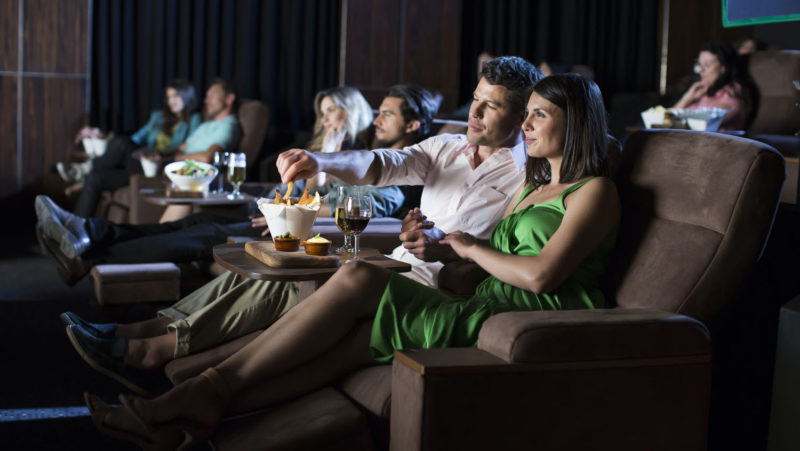Adland’s expectations are out of step with the reality of cinema
Between the expectations of cinema advertising and the viewing experience of the movie theatre, Mumbrella’s Darren Wells argues that reality sets a slightly different scene.
Cinemas across the country are reopening following the extended run of COVID 2: Electric Boogaloo (interesting premise, but it dragged in the middle). Naturally, adland is also keen to see those curtains rise, bringing with it the opportunity to get on those seven-metre-tall screens for theatres of captive eyeballs.
But there’s an audience that has the potential to reveal some stark findings about the true value of cinema advertising, one the industry is neglecting to consider: itself.



Respectfully I think you’ll find the phrase I don’t want to miss the previews is more widely used than let’s skip the ads and trailers.
All sorts of logic flaws in this argument. Most cinemas I’ve ver been to are pretty full by the time ads come on, certainly the ‘proper’ ads which run closer to the movies. So you’re throwing out cinema because a tiny percentage of people aren’t there yet? There is viewer attrition in every medium. Yes, smart phones and people talking, distracted, but this is true of any other visual medium. You can’t just list off a few shortcomings of a medium and then throw the whole thing out. Cinema does have more unique ‘locked in’ audience that’s actually paying attention to a near perfect presentation of what ever you offer up, compared to most other mediums. There’s no skip button. Far fewer distractions than before a movie or Tv show at home, which at any rate is probably streamed these days so no ones waiting for it to start, even watching ads. We all know cinema gets noticed because we’ve had to sit through lots of dumb commercials at the cinema while everyone sniggers at them. The opportunity is to do something great with that space.
Hi Bob,
Christmas presents have a unique ‘locked in’ audience too, but I’m not sure the kids care what design is on the wrapping paper they’re tearing to shreds – they’re there for the toy.
“We all know cinema gets noticed because we’ve had to sit through lots of dumb commercials at the cinema while everyone sniggers at them.”
I don’t feel this speaks as highly of cinema advertising as you feel it does. But I agree, the opportunity is there to do something great. I look forward to seeing what that may be.
-D
Sure I agree kids don’t want the wrapping paper, but the present – but by that analogy you should throw out ALL advertising not just cinema. But we all know, despite ads not being what people ‘want’ it’s possible to make ads people actually talk about and share, or at the very least, just notice and remember. So if you’re trying to make something emotional or entertaining (to get them to notice) you’re still better off having a medium where people aren’t as distracted. Unless you’re comparing cinema to ‘native’ media, product placement, long form content ads, or some other version of ‘hiding’ the ad – which is very difficult to pull off and often dubious in its effectiveness except in certain brand categories like cosmetics which suit being sold by influencers and the like… try getting an influencer to sell toilet paper.
PS. When i mentioned people sniggering at cinema ads I was speaking largely to my Australian experience. In the UK, where clients and agencies (at least used to) treat cinema advertising with reverence there were amazing ads that would have the audience enraptured… think Guiness ‘Horses’. To your last point, they knew the ads were competing with the film and would create content accordingly.
Darren not sure when you went to the cinema last – but when I was at a Warriewood Cinema 2 weeks ago , it was a full house , we listened as the owner Roy Mustaca sang a song live (to great applause ), we then watched the ads and trailers and then the film – and Darren that was the real world .